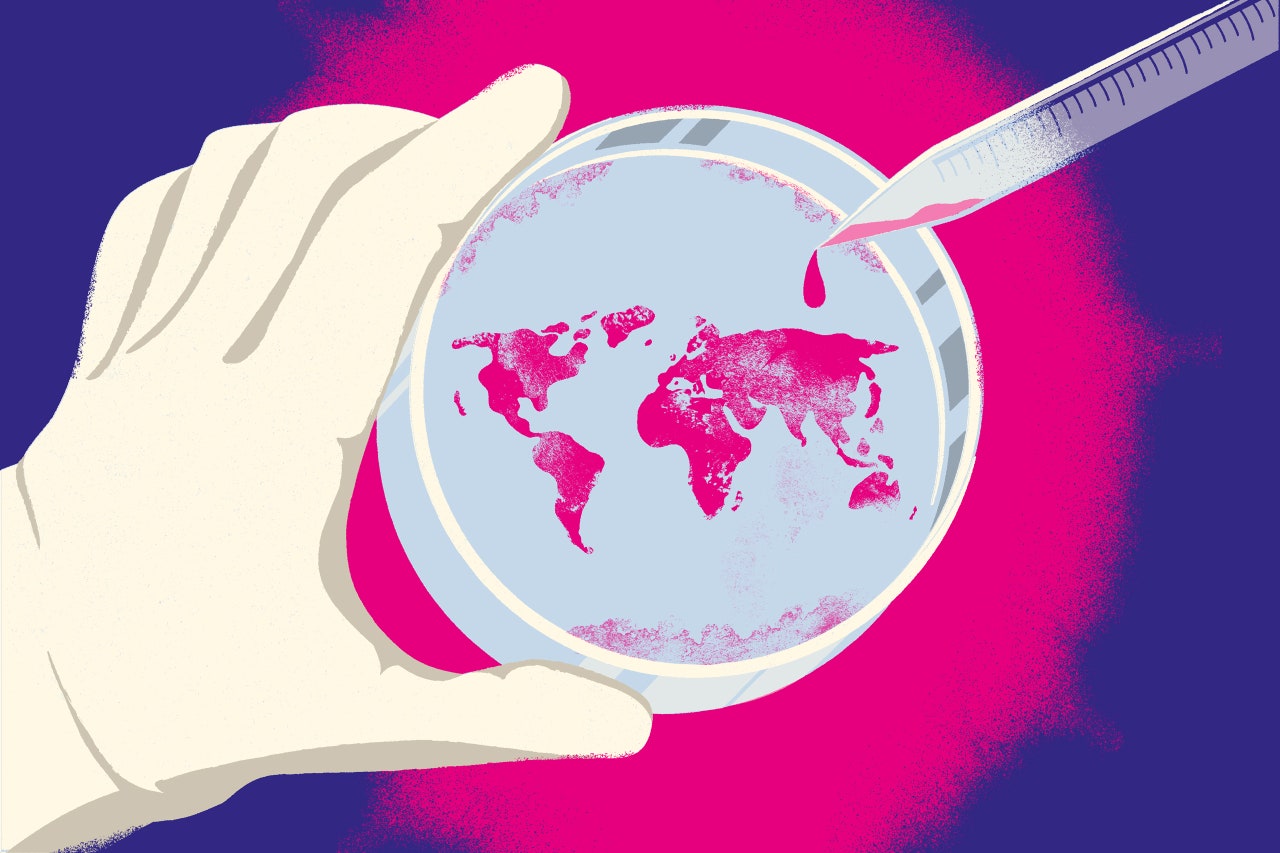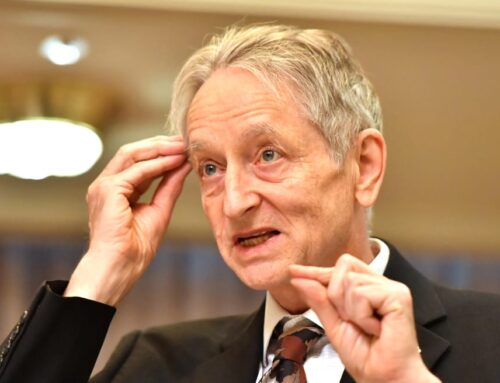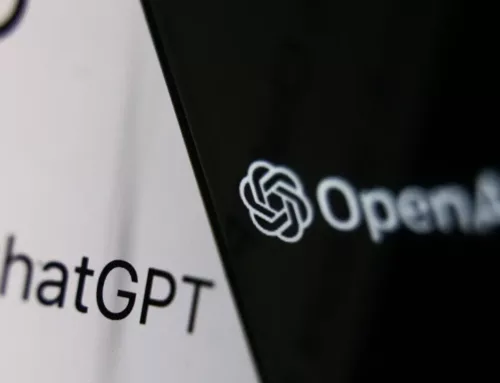Far from being the “great equaliser” as some have dubbed it, COVID-19 has shined a light on deep-seated inequalities, both nationally and globally. We have heard stories of celebrities and politicians seeming to have immediate access to COVID-19 testing, while others without power or money are turned away, even while showing notable symptoms of infection. The scarcity of COVID-19 test kits has been a serious challenge in many countries—inducing panic, skewing data, and hampering efforts to control the virus’ spread. While the world waits anxiously for a vaccine against the virus to be developed and given the green light for distribution, there is little reason to believe that scarcity will not be a challenge we face again. How can we ensure equitable, global distribution and delivery of a new vaccine? Quantum computing may be able to help.
Current estimates on getting a vaccine to market for COVID-19 range from around 18-24 months. This rapid development of a vaccine is on track to be the fastest to date, by far. Yet, in all the rush, it is seldom acknowledged that the development of a vaccine is just one piece of a much larger puzzle. Effective global governance of the manufacturing, distribution and delivery of a COVID-19 vaccine will be vital to ensure it achieves maximum efficacy. This will require focus on supply chains and healthcare systems, especially in countries of the Global South, where healthcare infrastructures may be far less equipped to handle the enormity of the job. There are sure to be many social, economic and geographic barriers to effective distribution of a future COVID-19 vaccine, but the first step of the challenge, after a vaccine has been approved, will largely be one of logistics.
One thing (and realistically, the only thing) that we know for sure about quantum computers is that they will excel at exactly this type of job, which is essentially an optimisation problem. One well-known optimisation problem that has been used to trial the computational power of existing quantum computers is the travelling salesman problem (TSP). The TSP poses a theoretical scenario where a travelling salesman must plan the shortest route for visiting multiple cities and then returning home. The problem becomes exponentially more computationally intensive as more cities are added to the salesman’s list. The TSP is not just confined to theory. It is a computational equation that is used in the real world for a number of logistics and supply chain challenges, such as routing buses and scheduling delivery needs. These smaller-scale equations can be solved on a classical computer, but they become far too complex once more “stops” are added.
Quantum computers, and in particular quantum annealers—like that of Canadian company D-Wave Systems—are purpose-built to tackle computationally complex optimisation problems such as the TSP. Studies testing the superiority of quantum annealing systems for executing optimisation problems have shown that while they are not quite stable enough yet to offer a clear advantage over classical computers, they aren’t far off. The principles of quantum entanglement and superposition enable quantum annealers to tackle a variety of deeply complex TSPs with exponential speed and growing accuracy. Although the field of quantum computing is still inchoate, it is a widely held belief that as these machines continue to mature and develop, they will become better and better at solving complex optimisation problems like the TSP.
This budding quantum capacity will offer a wide range of advantages across a number of sectors. One application of special import to our (hopefully) near future is in supporting governments and organisations to plan global immunisation program logistics, and improve supply chains. Potentially during this pandemic, and certainly in future scenarios once they have been fully developed, quantum computers could play a valuable role in critically supporting researchers to create a plan for the distribution of vaccines to effectively treat or prevent infection. While current computation systems are incapable of factoring TSP-type equations on a global scale, quantum computers should excel at this. They could help to quickly improve coordination among healthcare services, ensuring more equitable, speedy, cost and energy-efficient distribution and delivery of vaccinations.
Returning from theory to reality—D-Wave Systems has announced it will give free access to its quantum systems via the Leap 2 quantum cloud service for anyone working on responses to the COVID-19 crisis. According to the company’s press release, COVID-19-response innovators will receive unprecedented access to the company’s recently launched Leap 2, which “includes the hybrid solver service designed to bring both classical and quantum resources to quickly and precisely solve highly complex problems with up to 10,000 fully connected variables”. D-Wave has offered the engineering expertise of its multi-sectoral partners including Volkswagen, DENSO, Jülich Supercomputing Centre, MDR, Menten AI, Sigma-i Tohoku University,Ludwig Maximilian University and OTI Lumionics, to advise on how to use quantum computers, formulate problems, and develop solutions.
While many innovative ideas and trials will surely arise from the current open-access environment offered by D-Wave and other quantum technology systems, a feasible and powerful use-value could be in the simulation and modelling of a COVID-19 vaccine global delivery and distribution plan. In order to truly beat the virus, an unprecedented level of global coordination across supply chains and healthcare systems will absolutely be required. D-Wave has presented industry and researchers with a valuable tool to test, trial and enact future-forward systems that will be of critical necessity once a viable vaccine has been developed. Perhaps this example can stand as one silver lining of COVID-19: this crisis has created the right conditions to generate a formidable surge in openness and collaboration across the sector of science and technology, for the good of society.







Leave a Reply